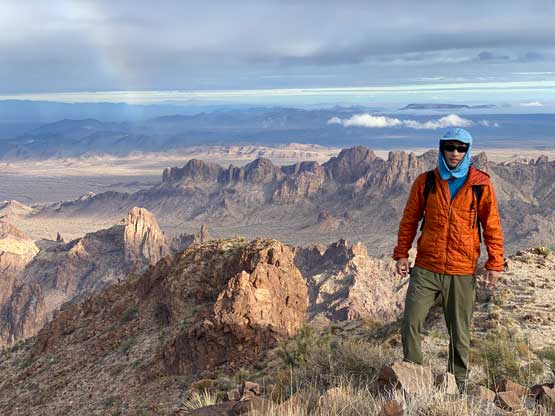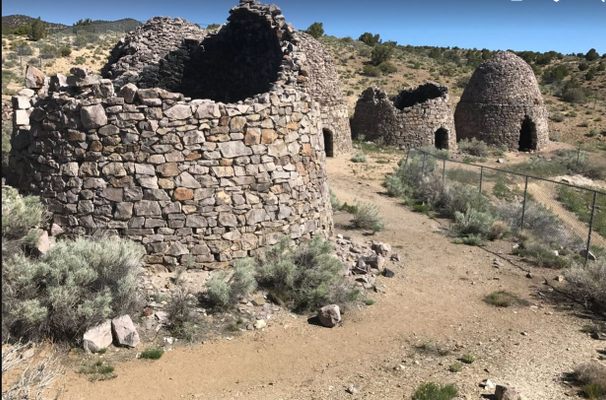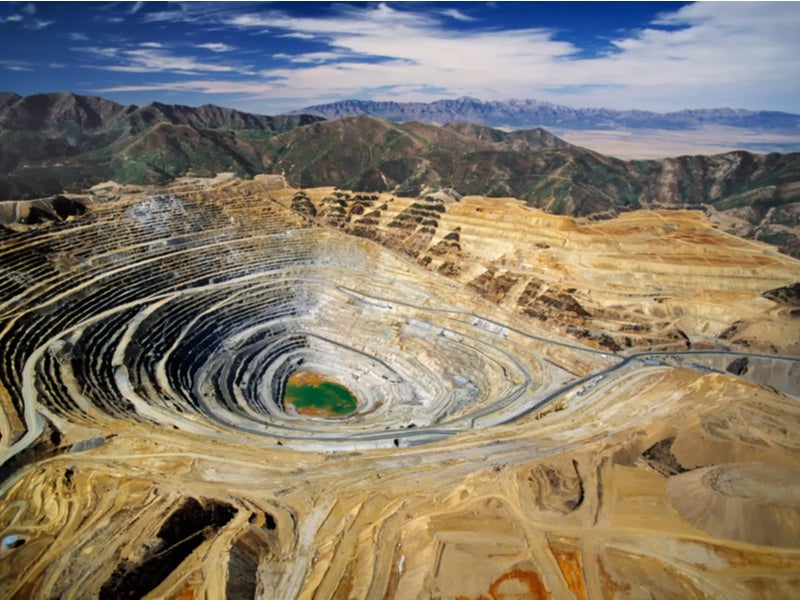Now Reading: The Richest Ghost Towns in America – See What They Left Behind
-
01
The Richest Ghost Towns in America – See What They Left Behind

The Richest Ghost Towns in America – See What They Left Behind
Once bustling centers of industry and ambition, these American towns experienced rapid growth due to mining booms, only to be abandoned when resources dwindled. Today, they stand as haunting reminders of bygone eras, offering glimpses into the past through their preserved structures and histories.
1. Bodie, California
In the late 1800s, Bodie emerged as a booming gold-mining town, boasting a population of around 10,000. The town featured numerous saloons, a red-light district, and even a Chinatown. However, by the early 20th century, declining gold yields led to its abandonment. Today, Bodie is preserved in a state of “arrested decay” as a State Historic Park, allowing visitors to peer into its past through well-maintained structures.
2. Rhyolite, Nevada

Founded in 1904 during a gold rush, Rhyolite quickly grew to a population of about 5,000. The town boasted modern amenities for its time, including electricity, water mains, and even a stock exchange. However, by 1911, the mines were depleted, and the town was largely abandoned. Today, visitors can explore the ruins, including the famous Bottle House and remnants of the Cook Bank Building.
3. Kennecott, Alaska

Established in the early 1900s, Kennecott was a thriving copper mining town. At its peak, it produced millions of dollars worth of copper ore. By 1938, the mines were exhausted, leading to the town’s abandonment. Now part of the Wrangell-St. Elias National Park, Kennecott offers guided tours of its well-preserved mill and mining buildings.
4. Frisco, Utah

Frisco was a bustling silver mining town in the late 19th century, known for its rich Horn Silver Mine. At its height, the town had a population of around 6,000 and was infamous for its lawlessness. A catastrophic mine collapse in 1885 led to its decline, and by the 1920s, it was largely deserted. Today, visitors can see remnants of charcoal kilns and other structures.
5. Bannack, Montana
Founded in 1862 after a gold discovery, Bannack served as Montana’s first territorial capital. The town thrived for several years before declining as gold became scarce. Now a State Park, Bannack features over 60 preserved structures, including a schoolhouse and hotel, offering a vivid snapshot of 19th-century frontier life.
6. Calico, California

Established in 1881 during California’s silver boom, Calico grew rapidly, with over 500 mines operating in the area. However, when silver prices plummeted in the mid-1890s, the town was abandoned. In the 1950s, it was restored and is now a county park, offering attractions like mine tours and reenactments.
7. Oatman, Arizona

Oatman began as a gold mining town in the early 1900s and quickly grew in population. After the mines closed, the town declined but later found new life as a tourist destination. Today, Oatman is known for its wild burros roaming the streets and staged gunfights, preserving its Wild West heritage.
8. Garnet, Montana

Garnet was a gold mining town established in the 1890s. At its peak, it housed over 1,000 residents. The town was abandoned in the 1940s but remains one of Montana’s best-preserved ghost towns, with about 30 buildings still standing, including cabins and a saloon.
9. Bingham Canyon, Utah

Bingham Canyon was a mining town that developed around one of the world’s largest open-pit copper mines. At its height, the town had a population of approximately 15,000. However, as the mine expanded, it consumed the town, leading to its abandonment by the 1970s.
10. Signal, Arizona

Signal was established in the 1870s due to nearby silver and gold mines. The town thrived with several businesses and a brewery. However, its remote location made supply delivery challenging, leading to its decline by the 1930s. Today, ruins of adobe buildings and a cemetery remain, offering a glimpse into its past.
These ghost towns, once symbols of prosperity, now stand as silent testaments to the transient nature of boomtowns. Their preserved structures and histories offer invaluable insights into America’s past, attracting historians, tourists, and curious minds alike.
General Disclaimer: The information provided in this blog is for informational purposes only. Vibe Hush makes no warranties regarding the accuracy or completeness of the content. Readers are advised to verify details independently before making decisions based on the information provided.
Content Disclaimer:This blog is intended to share general knowledge and insights. It is not meant to replace professional advice or guidance. Vibe Hush does not endorse or guarantee the accuracy of any information presented here.
Advertising Disclaimer:This blog may include affiliate links or advertising content. Vibe Hush may earn a commission from purchases made through these links, which helps support the platform. However, all opinions expressed are independent and based on our editorial standards.
Affiliate Disclosure:Some links in this blog may direct you to external websites, and Vibe Hush may receive a commission for purchases made through these links. This does not influence the integrity or neutrality of the content provided.
Third-Party Links Disclaimer: This blog may contain links to third-party websites. Vibe Hush does not assume responsibility for the accuracy, content, or policies of external websites. Readers are encouraged to review the terms and privacy policies of linked sites.
Legal Disclaimer: Vibe Hush does not guarantee the safety, reliability, or quality of any products, services, or recommendations mentioned in this blog. Use any information or purchase products at your own discretion and risk.
Stock Image Disclaimer: Images featured in this blog are for illustrative purposes only. They may not reflect actual locations, products, or scenarios discussed in the content. These images are intended solely to enhance the reader’s experience.
Results Disclosure: The experiences or suggestions mentioned in this blog may vary from person to person. Outcomes are not guaranteed and depend on various factors, including individual preferences and circumstances.
Copyright Disclaimer: This content is the property of Vibe Hush and is intended for personal use only. Redistribution or unauthorized use of this blog’s content is strictly prohibited.














